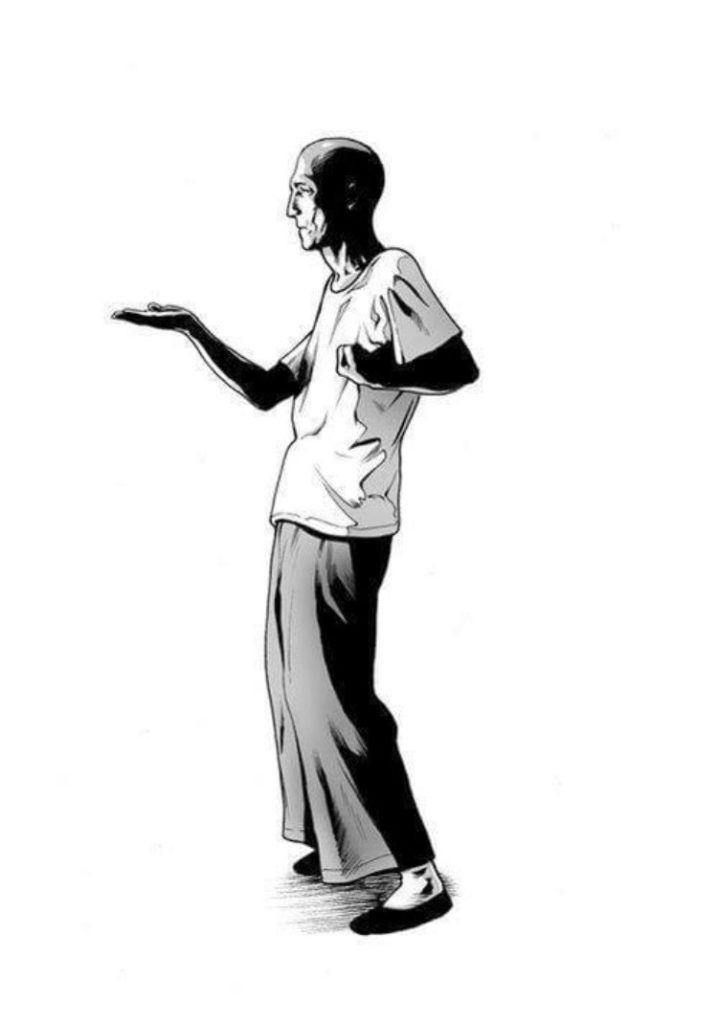Internal Wing Chun is something which has always intrigued me. In this video Chu Shong Tin talks about one of “the most difficult skills” to obtain within the Wing Chun system – “Nim Tao”. Nim Tao is the internal aspect of the system. It refers to the unconscious mind in the creation of power. Ip Man used to tell his students not to use strength in their form practice. Nim Tao is mind power and with regular practice a student can obtain Nim Tao if they practice for long enough and with the right mindset.
Chu Shong Tin lived with Ip Man for 5 years (1950-1955) and was coined the title ‘”King of Siu Nim Tao” by his master Ip Man. Take a look at the video below in which he explains Nim Tao and how to cultivate it.
Internal Wing Chun – My Journey
My journey in Wing Chun started in 1993 with Sifu Colin Ward, student of Ip Chun. Ip Chun, during a seminar, I recall demonstrated internal Wing Chun to our class. As people went up and held his arm, he was able to switch a pulsating energy on in his arm. Students said that it felt like an electrical current, flowing through his arm, unlike muscular strength. No one at the school was able to replicate this however. I thought it was magical and was intrigued to continue studying. But no matter how much I persevered with my Siu Lim Tao practice, I was unable to fully “get it”.

On a Hong Kong trip many years later I linked arms with another student who had achieved Nim Tao. I couldn’t stop his advancing arm crushing through my positions, (despite two decades of studying Wing Chun)! I was intrigued again but it wasn’t until I started training at Sung Wing Chun – a school of the Chu Shong lineage, that it began to fall into place.
Students there had this same internal strength I had seen in Hong Kong. Training was very different too to what I had previously encountered.
Internal Wing Chun – Testing
I had seen the element of “testing” a position or structure in a Ki Aikido class I had frequented for some time earlier. As a result I had started using it in my school – testing people’s positions against an incoming force using steadily increasing force from a push/press. However, I hadn’t seen it (other than from a punch/attack) in my own Wing Chun studies until that is, I began attending the school in Sheffield with instructor Daniel Parr. Daniel Parr is also an instructor in the alexander technique which has some interesting similarities with internal Wing Chun.

It was during the testing phase of my learning that I started to see the depth of this simple style! I began again practicing Siu Lim (Nim) Tao on a daily basis. Still, it was the understanding of this “Nim Tao” or mind power which really changed how I began to learn. Each time an instructor would test my position, or movement, they would tell me whether it was connected, or not (to my back/spine). Most of the first few months of my training, it was a resounding “not”. This period was super frustrating because I had spent a lot of time learning Wing Chun already, but I just wasn’t getting it.

But when I felt an instructor demonstrate their connection and power, it further intrigued me! So I committed to the hour long trip each week for so far a year and a half to Sung Wing Chun in Sheffield.
Developing Relaxation
Having practiced Wing Chun for over 20 years now, I would have thought I would have a clue about the internal aspect of the system. But I realise the system is a very deep one and my previous knowledge was from a much more external/hard form of the style. My old habits and internal mechanisms/characteristics were a problem. I had a lot of strength physically, having been a big fan of weight lifting, too in my earlier years. It became clear that my old patterns, reactions and use of muscular strength were actually holding me back from learning how to relax more deeply and develop a stronger internal power. As a result I have became more interested in the internal Wing Chun aspects which require relaxing parts of my body I didn’t even know were tense!
One of the key concepts of Chu Shong Tin’s teaching was that of doing standing practice. He taught his students to stand alone for hours in the basic stance! By doing so they could steadily notice tension in the body, and release it more consciously. Have a look at this video of Chu Shong Tin and how he explains the different levels of Siu Nim Tao practice:
Why Practice Isn’t Enough
Practicing Siu Nim Tao is something that every Sifu will encourage, but it’s not enough to simply repeat the moves. The “Nim Tao” element of the form takes a certain mindset before you can even grasp the idea. Over the last year and a half of training I have noticed that I would get the occasional “penny drop” moment when everything was connected and I could attain a huge strength, but without using muscular force. Sometimes, I would even doubt the genuineness of my training partner, when the force seemed so effortless!
“Are they pretending?” I would think!
I’ve seen this same thing happen in my own school while sharing these ideas with my students. Having practiced the first form repeatedly for many years, I have obviously gained some idea about what “internal” Wing Chun is, even though I didn’t necessarily understand how it happened, or how to share it.
The first form (Siu Nim Tao) is “a finger pointing to the moon”, as Bruce Lee might have said. Daily practice can give you something inside which is far more powerful than you could generate from muscular force alone. But having the mindset and patience to practice daily is uncommon. In fact, I would get impatient with the first form at times and this is definitely an inhibitor of the power of the ritual. But if you can focus completely on the form, even for a few minutes daily, your ability to tap into this soft power will gently increase over time.


